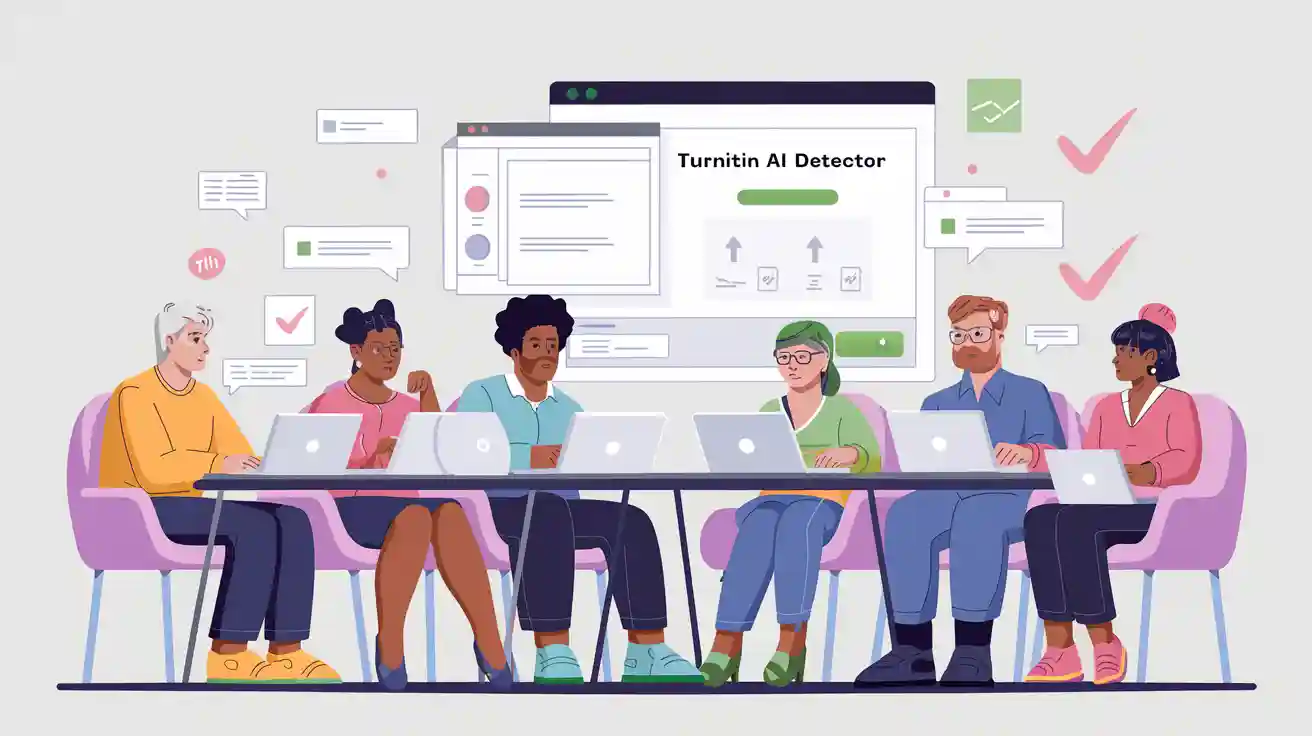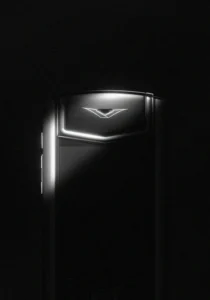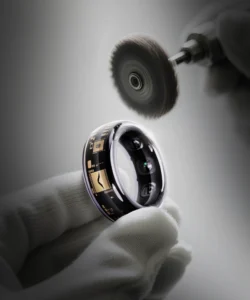
You might have seen students on Reddit sharing their experience with the Turnitin AI detector. One user wrote, “I got flagged for AI on my own essay. Hundreds of people upvoted, so I know I’m not alone.” This summary of reactions shows a mix of anxiety, mistrust, and even jokes about adding typos to avoid false positives. Many students want a turnitin AI detector free option because they feel frustrated by the lack of transparency. While some praise its accuracy, others worry about fairness and privacy. Your own experience might reflect this summary of mixed feelings.
Key Takeaways
-
Turnitin AI detector helps identify AI-generated writing but can make mistakes, including false positives that flag original work.
-
Students and teachers should use the AI detection results carefully and always combine them with human judgment and school policies.
-
Schools should provide clear rules, train users, and review flagged work fairly to protect students and improve trust in AI detection tools.
Turnitin AI Detector Overview
How It Works
If you’re wondering how the Turnitin AI detector actually works, you’re not alone. This ai detection tool uses advanced machine learning models to spot patterns in writing that look like they came from an AI. It checks for things like sentence complexity, predictable language, and even context clues that might give away ai-generated content. The turnitin ai detector keeps learning and updating, so it can catch new tricks that students or AI tools might use.
Here’s a quick look at what it does well:
-
It analyzes both the style and structure of your writing.
-
It can spot both ai-generated and paraphrased content.
-
It works alongside plagiarism checking, so it gives a fuller picture than some other plagiarism detection tools.
-
It uses forensic linguistics and metadata to help with detecting contract cheating.
A recent study found that the turnitin ai detector was the most accurate ai detection tool tested, with fewer false positives than others. Still, no ai detection tool is perfect, especially when people try to trick it.
|
Functionality |
Description |
|---|---|
|
AI Writing Detection |
Helps with detecting ai-generated content for academic integrity. |
|
Forensic Linguistics |
Looks at authorship and metadata for deeper analysis. |
|
Formative Learning Support |
Offers feedback to help you improve your writing and use AI responsibly. |
|
Composition Insights |
Gives teachers detailed info to guide their teaching. |
|
Institutional Policy Support |
Helps schools set rules about AI and cheating. |
Intended Use
You might wonder, is turnitin ai detector legit? The answer depends on how your school uses it. The turnitin ai detector is built to help teachers, not to punish students automatically. Only instructors and administrators can see the AI writing detection indicator. You won’t see it on your end, unlike the regular plagiarism checking report.
Turnitin says the ai detection tool should never be the only reason for discipline. Teachers need to use their own judgment and follow school policies. Some schools have even turned off the turnitin ai detector because of concerns about reliability and fairness. So, is turnitin ai detector legit? It’s a tool to support teachers, but it’s not perfect or final.
User Experiences with Turnitin
Accuracy in Practice
When you use the Turnitin AI detector, you probably want to know if it really works. Many user experiences with Turnitin show mixed results. Some students say the tool catches obvious AI writing, while others feel it misses more subtle cases. Teachers often trust the AI detection tool, but they also notice some problems.
Take a look at this table that sums up what user reviews and case studies reveal about accuracy:
|
Metric / Case Study |
Description / Result |
|---|---|
|
True Positive Rate |
Turnitin reports a 98% true positive rate for correctly flagging AI-generated text. |
|
False Positive Rate |
Turnitin claims less than 1%, but independent studies report 2-5%, especially for concise or formulaic human writing. |
|
Case Study: College Student Misflagged |
A student was wrongly flagged with 89% AI content despite 100% human writing, highlighting false positives. |
|
Educator Reports |
Teachers note over-flagging of common academic phrases, indicating some overreach in detection. |
|
Detection Threshold |
Turnitin avoids flagging AI usage under 20% of text to reduce false positives, which may miss moderate AI use. |
|
Institutional Use |
Integrated into academic institutions and recommended as part of a broader evaluation process, not a sole indicator. |
You might notice that Turnitin claims high accuracy, but real-world results show about 80% accuracy when you look at user experiences with Turnitin. One teacher shared, “Turnitin flagged a student’s essay as 70% AI, but I knew she wrote it herself. The tool isn’t always right.” This shows that even a reliable AI detection tool can make mistakes.
False Positives
False AI accusations can feel stressful and unfair. You might worry about getting flagged even when you write your own work. The false positive rate is a big concern for students and teachers. Turnitin says the false positive rate is less than 1%, but some studies find it can be as high as 5%. That means out of 100 papers, up to five could get wrongly flagged.
“I got a 90% AI score on my essay, but I didn’t use any AI at all. Now I have to prove I wrote it,” one student posted online.
False AI accusations can happen for several reasons:
-
The AI detection tool sometimes mistakes simple or formulaic writing for AI-generated text.
-
Academic phrases or common sentence structures can trigger the detector.
-
Short essays or assignments with lots of facts may get flagged more often.
If your school uses Turnitin, you might want to talk to your teacher if you get flagged. Many educators know about these issues and will review your work before making any decisions. Still, the fear of false positives can make you feel anxious about every assignment.
Privacy Concerns
Privacy is another big topic in user experiences with Turnitin. Many students and teachers worry about what happens to your writing after you submit it. The company stores millions of student papers in its database. Some people feel uncomfortable knowing their work helps build a product that Turnitin sells to schools.
Here are some of the main privacy concerns users and institutions have raised:
-
Students and faculty worry about Turnitin using a huge database of student papers, which the company monetizes.
-
Some students have protested, like at McGill University, where one student won the right to have papers graded without Turnitin.
-
High school students have taken legal action against Turnitin’s parent company over copyright issues.
-
Teachers sometimes regret encouraging Turnitin, realizing later that it commercializes student work.
-
The company’s broad licensing terms give it wide rights over your writing, raising ethical questions.
-
Some students feel defeated by the constant monitoring, saying it creates a culture of suspicion in education.
You might also hear about schools like Vanderbilt University disabling the Turnitin AI detector. They did this because of concerns about reliability, transparency, and privacy. When the AI detection tool was first enabled, students had no way to opt out, which made many people uncomfortable. With a false positive rate of even 1%, hundreds of students could get wrongly flagged at large schools.
If you care about privacy, you should ask your school how they use Turnitin and what happens to your writing. Many institutions now review their policies to protect student rights and limit the risks of false AI accusations.
Turnitin AI Detector Review
Where Does It Fall Short
You might expect the Turnitin AI detector to give you clear and fair results every time. In reality, many users say it does not always work as promised. If you look at any honest review, you will see people talking about the same problems again and again. So, where does it fall short?
-
The Turnitin AI detector sometimes gives vague feedback. You might see a high AI score but not know which parts of your writing caused it.
-
A 2023 Washington Post investigation found that Turnitin misclassified over half of the samples it tested. It even flagged original student work as AI-generated. This makes the feedback feel random and unreliable.
-
Scientific research shows the tool struggles with paraphrased text. If you rewrite AI-generated content in your own words, the detector often fails to catch it. This is a big flaw for any ai detection tool.
-
Some students, especially those who speak English as a second language, get flagged more often. Their writing style sometimes looks like AI to the detector, even when it is not.
-
Real students have faced serious problems. One South Asian student got accused of cheating after Turnitin flagged their hand-written essay as 75% AI. Even after proving the work was manual, the accusation stuck for a while.
You can see that the turnitin ai detector review from real users often points out these flaws. Many students and teachers feel frustrated when the tool makes mistakes. You might feel anxious if you get flagged, even when you know your work is original.
“I spent hours on my essay, only to get a high AI score and no explanation. I had to defend myself for something I didn't do,” one student shared on Reddit.
Detection Consistency
When you use any ai detection tool, you want it to be fair and consistent. The turnitin ai detector review shows that this is not always the case. You might notice that the tool gives different results for similar work. Sometimes, it flags one essay but not another, even if both use the same writing style.
Here are some reasons why detection consistency is a problem:
-
Turnitin's own claims say the tool is highly accurate, but independent tests tell a different story. In controlled studies, the accuracy dropped to as low as 26% when the text was paraphrased or edited by humans.
-
The tool works best with clear-cut cases of AI writing. When you change the wording or use machine translation, the detector often misses it. This leads to unreliable ai detection.
-
Many users on forums and in petitions talk about getting different results for similar assignments. This makes it hard to trust the tool.
-
ESL writers face more false positives. Their unique sentence patterns sometimes trigger the detector, even when they write everything themselves.
-
The feedback you get is often too general. You might see a percentage but not know what to fix. This makes it hard to learn from your mistakes.
If you read any turnitin ai detector review, you will see people asking for better explanations and more reliable results. You want to trust the tool, but these issues make it hard. The accuracy of the turnitin ai detector can change based on how you write, what you write about, and even your background.
|
Problem Area |
User Experience Example |
|---|---|
|
Inconsistent Results |
Two similar essays get very different AI scores. |
|
Vague Feedback |
Students see a high AI percentage but no details on what triggered it. |
|
Paraphrased Text |
Paraphrased or edited AI content often goes undetected. |
|
ESL Writer Impact |
Non-native speakers get flagged more often, leading to unfair accusations. |
|
Unreliable AI Detection |
Accuracy drops with machine-translated or human-edited texts, sometimes as low as 26%. |
You should always use your own judgment and talk to your teacher if you get flagged. The turnitin ai detector can help, but it is not perfect. Many reviews say you should not rely on it alone. If you want a fair review, you need both human and AI input.
Impact on Students and Educators

Student Concerns
You might feel anxious every time you submit your work to the turnitin ai detector. Many students share your frustration, especially when they see their original writing flagged as AI-generated. A Bloomberg test showed that even essays written before AI tools existed got flagged by detectors, with false positives happening in up to 2% of cases. That means thousands of students could face stress, academic penalties, or even lose scholarships because of mistakes. When Geoffrey A. Fowler tested the turnitin ai detector, over half of the human-written essays were wrongly flagged. You can imagine how upsetting it feels to defend your work against false ai accusations. The lack of clear explanations from Turnitin only adds to the confusion and makes you question the tool’s accuracy.
Educator Perspectives
Teachers also face challenges with the turnitin ai detector. Many educators report that the tool sometimes flags entire classes or gives inconsistent results. Here’s what you might hear from teachers:
-
Some professors have failed whole classes based on AI detection errors.
-
Cases at major universities show that false positives can have real consequences.
-
Experts agree that these tools lack transparency and can introduce bias.
-
As AI writing gets better, the tool’s accuracy drops, making it harder to trust.
-
Most educators believe you should always use human judgment along with AI tools.
You can see that teachers want to protect students and keep things fair. They know that the turnitin ai detector is just one piece of the puzzle.
Fairness for Non-Native Speakers
If you’re a non-native English speaker, you might worry about fairness. Some research shows that certain AI detectors, like Copyleaks, have high accuracy rates for non-native writing, with false positives below 1%. Here’s a quick look:
|
Dataset |
Number of Texts |
False Positives |
Accuracy Rate |
|---|---|---|---|
|
FCE v2.1 |
2,116 |
4 |
99.81% |
|
ELLs |
3,911 |
0 |
100% |
|
COREFL |
1,455 |
8 |
99.45% |
But not all tools are equal. A Stanford study found that some detectors flagged non-native essays as AI up to 61% of the time. Real students have lost scholarships or faced academic trouble because of these mistakes. You deserve a fair review, so always ask your teacher to look at your work if you get flagged.
Institutional Use and Best Practices
Adoption in Schools
You might notice that schools use the Turnitin AI detector in different ways. Some colleges have made it a standard part of their academic honesty policies. Others, like Vanderbilt University, turned it off because of worries about false positives and unclear results. In 2023, about 40% of four-year colleges used AI detection tools, and more plan to add them soon. Schools often try to balance catching cheating with protecting students from unfair accusations. Some schools use multi-step checks, like asking for extra writing samples or interviews, instead of relying only on the Turnitin AI detector. You can see that adoption trends keep changing as schools learn more about the tool’s strengths and weaknesses.
Policy and Recommendations
If you work at a school or college, you want clear rules for using AI detection. Experts suggest a few best practices:
-
Make sure students know when and how you use the Turnitin AI detector.
-
Train teachers and students about AI writing and academic honesty.
-
Set up a review process for flagged work, so no one gets punished by mistake.
-
Build a system for reporting and fixing problems with the detector.
-
Work with experts to keep your policies fair and up to date.
You should also focus on teaching students to think critically about AI. Good policies help everyone understand the risks and benefits of these tools.
Alternatives and Turnitin AI Detector Free Options
You might wonder if there are turnitin ai detector free options or other alternatives. Many students use free tools like ContentDetector.ai, Grammica, or IvyPanda for quick checks. These alternatives are easy to access, but they often miss AI writing or give false results. Studies show that Copyleaks is one of the best turnitin ai detector alternatives, offering both free and paid versions. Still, no tool is perfect. Paraphrasing or editing AI text can fool most detectors. You should always combine software checks with your own judgment. If you worry about turnitin ai detector pricing, trying a turnitin ai detector free tool can help, but don’t rely on it alone. Schools often choose a mix of paid and free alternatives to fit their needs and budgets. When you compare turnitin ai detector pricing, remember that accuracy and support matter as much as cost.
You see a clear summary of mixed trust in Turnitin’s AI detector. Many users report false flags, confusing results, and stress.
-
Schools should train teachers, share clear policies, and collect writing samples.
FAQ
Can you see your Turnitin AI score as a student?
No, you cannot see your AI score. Only your teacher or school administrator can view the AI detection results.
What should you do if Turnitin flags your work as AI?
Talk to your teacher right away. Explain how you wrote your paper. Ask for a review or a second opinion.
Are free AI detectors as reliable as Turnitin?
Free tools can help, but they often miss AI writing or give false results. You should not trust them alone for important assignments.








